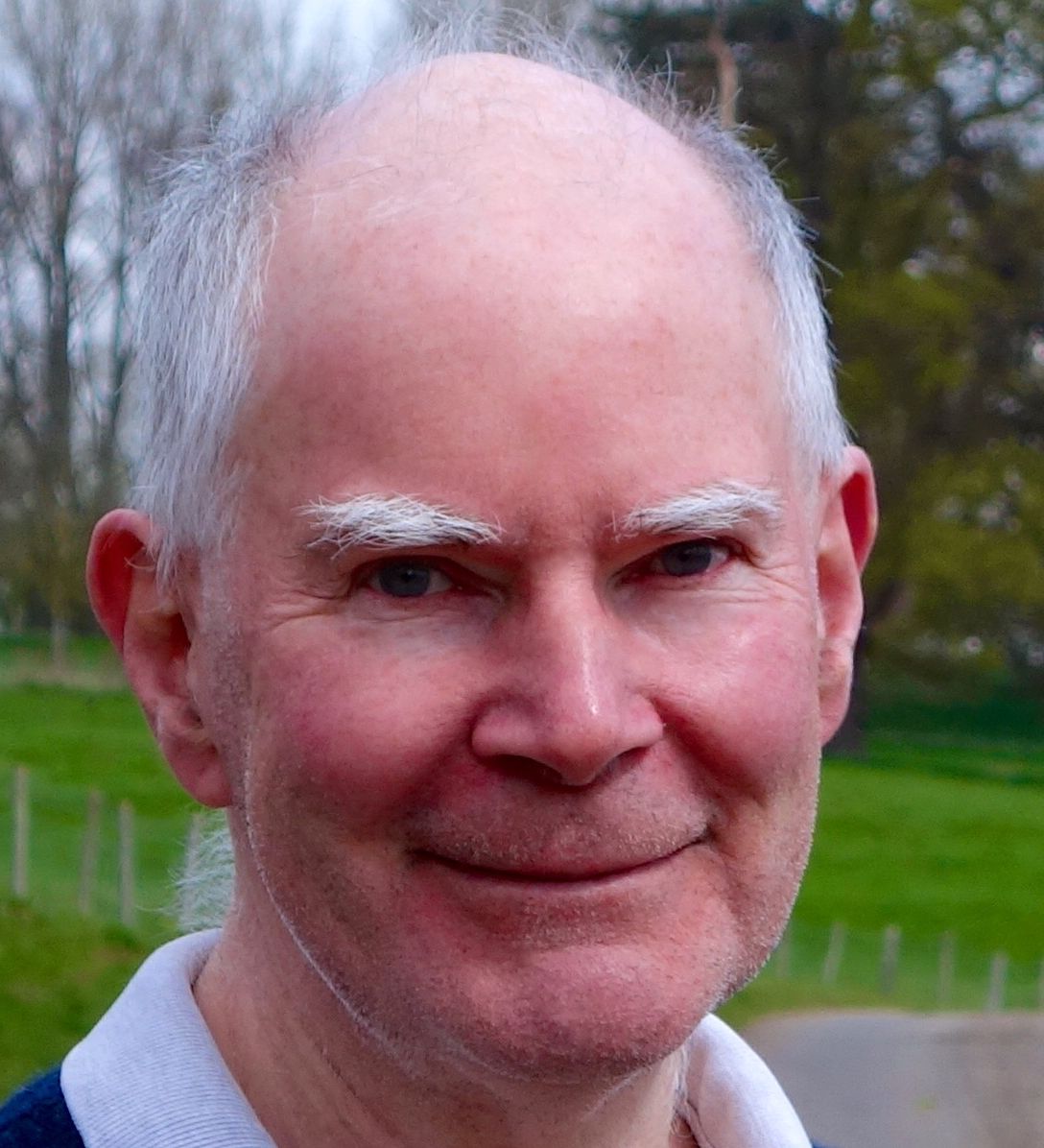Professor Brian Spratt by Ed Feil

My first encounter with Brain was as an applicant for a studentship at the University of Sussex in 1992. I had spent a little while in the wilderness after my Bachelor’s degree and, considering the crudely typed CV I used at that time, I was excited and surprised to even get an interview. So I made sure I did some homework, and read all Brian’s papers on recombination in the penicillin-binding protein genes as well as the other (very few) sequencing studies on recombination coming from groups in the US. The papers immediately sparked a curiosity in me about the mysterious process of recombination which remains to this day. I recall the interview very clearly. I wasn’t asked any of the usual questions but rather had a relaxed, engaging and above all inspiring conversation on the mechanisms of recombination, how to identify the source of donor DNA and – the topic which turned out to be the main focus of my PhD – the degree to which recombination promotes genetic divergence in “housekeeping” genes where there is no obvious selective driver. In what I was later to realise was typical of Brian’s easy-going manner, the science talk was seamlessly interspersed with anecdotes about travelling in India, where I had recently spent a few months back-packing. So I got to do a PhD in Brighton with a brilliant supervisor, and on an utterly fascinating project (with the not inconsiderable bonus of being co-supervised by John Maynard Smith). I wasn’t so much standing on the shoulders of giants as being flung into the air.
There is of course a certain degree of providence in every successful scientific career. However, it is also self-evident that it takes an unusual degree of intuition and awareness to recognise pivotal moments when they arrive. In the mid-1990s there were two major technological advances that now underpin almost everything we do in the overlapping fields of population genomics and molecular epidemiology. The first was the development of automated sequencing technology, the second was the Internet. Along with colleagues Martin Maiden, Mark Achtman, Ian Feavers and Dominique Caugant, Brian immediately saw the power in combining these two advances for global surveillance and population studies. It was Brian’s deep appreciation of the underlying concepts of MLEE, with its emphasis on housekeeping loci, that laid the foundation for the development of multilocus sequencing typing (MLST), which has now been the standard molecular typing methodology for almost 20 years. My most significant contribution to this project – the development of the BURST algorithm – would have almost certainly never seen the light of day without Brian’s complete support. Brian showed the same prescience with the more recent advent of next-generation sequencing, and again was among the first to realise its full potential.
On a personal level, Brian’s influence on my career cannot be overstated. He gave me the freedom and confidence to think, and he also taught me to write (although I will admit it was at times a painful process). However, what makes Brian so unique was his early appreciation, and wonder, at the seemingly endless diversity within bacterial populations. There was, and to some extent still is, a prevailing sense amongst traditional microbiologists that genotypic and phenotypic variation is a muddle to be 'sorted out; to be managed, tamed and compartmentalised. Whilst there may be practical reasons for assigning (and endlessly re-assigning) labels to strains / clones / genospecies or any other flavour of cluster, Brian saw that the far more profound and pertinent questions instead related to the processes and dynamics underpinning the emergence and maintenance of this variation. He may well not admit it, but Brian is a natural population biologist. Working so closely with JMS for so long no doubt helped, but in my view this only brought out in him what was there already.

